5 Ways Digital Products Will Change Because of Generation Z

Digital product design and development won’t just evolve to Gen Z’s needs and expectations. We’ll have to strip away some of the things we’ve grown accustomed to as the spending power of Generation Z grows and they have a greater say over what makes a digital experience a positive one.
Every generation leaves an impression on the face of the web. But in the case of Generation Z, it’s not just about adapting your designs and experiences to meet the needs and expectations of these consumers. Designers and developers have to start thinking about which parts of the online experience need to go away in order to cater to Gen Z and the digital native generations to follow.
In this post, we’re going to look at five aspects of the web and digital marketing that have already begun to change as Gen Z enters the consumer market.
5 Things We Might Not See Much of Anymore Because of Gen Z
Gen Z isn’t the only generation that matters and is only a small fraction of the consumer class. That said, just as we have to make our digital products age-agnostic in order to cater to users of all ages, we really need to think about what a digital native generation is going to do to the web in the years to come.
Unlike Millennials and Gen Xers who know what life and consumerism is like without smartphones and the internet, Gen Zers do not. And so there are some parts of the digital experience that they just won’t get or appreciate.
Whether you’re building products that target younger users or you’re looking to make existing ones more Gen Z-friendly, here are some things that will eventually need to change:
1. Cursive Typography
Eddie Bauer recently redesigned its logo. One of the reasons was because the company aims to reach a younger generation. CEO Tim Bantle explained:
“A big part of what I’m going to need to do here is reintroduce this great heritage brand to the next generation. And kids don’t even learn to read cursive in school anymore.”
Seeing the cursive typography as outdated and illegible in the eyes of Gen Z, Eddie Bauer opted for block-style lettering this time around:

Johnson & Johnson is another brand that’s ditched its iconic cursive logo for a plain sans serif design.

Why would a company that’s used the same logo since 1887 suddenly decide it’s time for a rebranding? In 2023, Johnson & Johnson released an explanation for the logo redesign. The release included this statement:
“The new Johnson & Johnson brand identity builds on the Company’s legacy, while also modernizing key elements to showcase healthcare innovation in a way that’s inclusive and brings the Company’s warm, caring nature to life.”
As we’ll examine a few points down, inclusivity and empathy are two important traits that Gen Zers look for when choosing brands. So while the brand didn’t come right out and say it the way that Eddie Bauer did, I do believe this move was meant to make the brand more appealing to younger consumers. It also doesn’t hurt that the simple and clean sans serif will be easier for this target market to read and recognize.
As I was researching this article, I found this list of top 10 Gen Z fonts from a website called Just Gen Z Things. There are no serifs or handwritten typefaces to be found. Just a lot of blocky sans serifs. While handwritten typography won’t completely go away, I do expect to see less and less of it, especially in branding.
2. Written Storytelling
When I first started working in web design about a decade ago, we used to tout the 8-second attention span of humans as the reason why websites and apps needed to load fast. A few years later, it was all about the 3-second threshold that most visitors were willing to wait before abandoning a slow-loading web page.
Now? We’re down to 1 second. That’s it. That is all the time this short-short-form TikTok generation will give us.
A 2022 study by Yahoo and OMD Worldwide studied how closely people paid attention to mobile advertisements. It found that users in the 18-24 age group spent only 1.3 seconds actively paying attention and 7.6 seconds passively engaged (i.e., looking at the screen but not at the ad).
So what does this mean for websites and apps? Loading times are going to matter a good deal. But even more so will what you place on those interfaces once they’ve fully loaded.
If you take a look at the social media platforms that Gen Z prefers—Instagram, TikTok, YouTube and Snapchat—you’ll see that these are highly visual formats. When written words (versus spoken) are present, they’re often delivered in bite-sized chunks or catchy hashtags.
To cater to this generation, your digital products will need to approach marketing and storytelling in a similar fashion. The Doritos website is a good example of what this will look like:
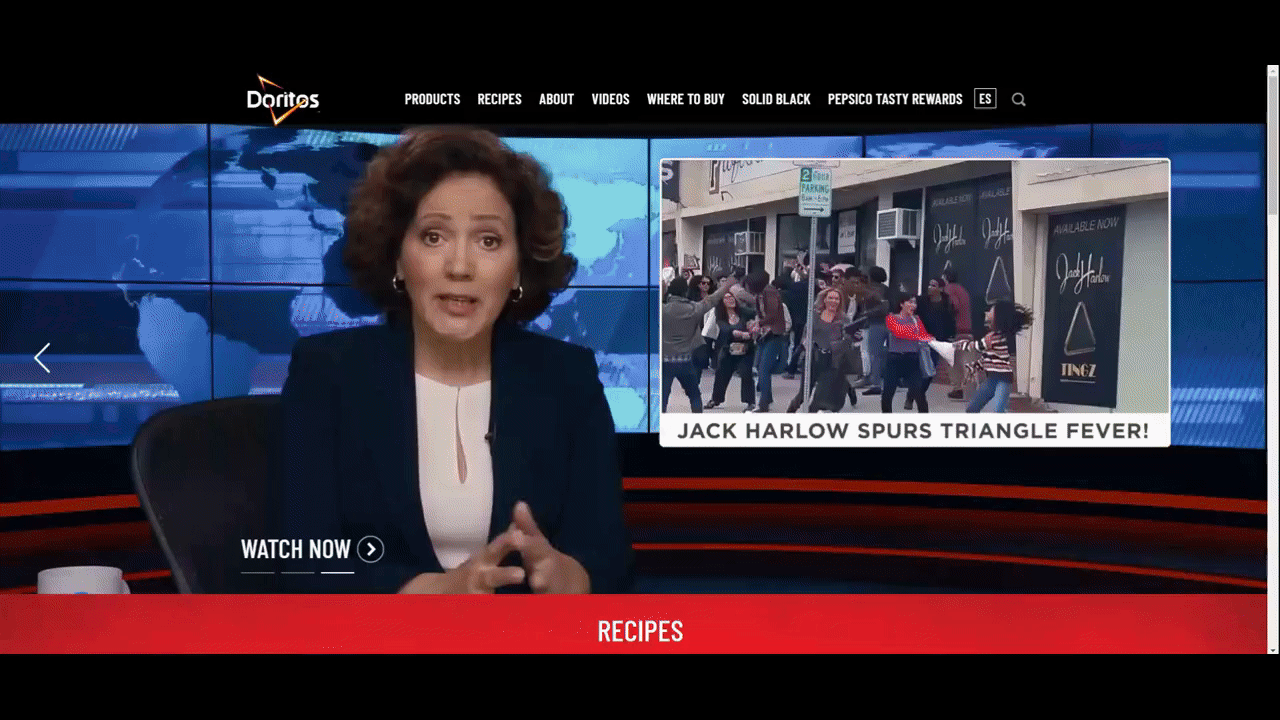
Each section looks like something you’d see on social media. There’s very little in the way of text. The brand’s story and messaging are primarily told through engaging autoplaying videos.
For example, there’s a slider containing silly promotional videos in the hero section. It’s followed by video recipe cards that look like they were taken from Instagram Reels. Next are the Doritos product bags that, when interacted with, look like something you might see in the Metaverse. And at the bottom there’s a large section devoted to its social media content.
I think we’re going to see this form of visual storytelling more and more on the web thanks to Gen Z. Instead of using paragraphs or pages of text to communicate with users, visual content will serve as the primary means of communication and marketing. And they’ll often be in shareable formats like GIFs, animations and videos, too.
3. Non-Inclusive Imagery
Founder of Gen Z Planet, Hana Ben-Shabat says this about Gen Z:
“Whether it is racial diversity, gender expression, sexual orientation, body sizes and shapes—you see more brands using ‘real’ people in advertising, and that is a direct response to this generation, because they want authenticity and individuality.”
Now, stock photo websites have come a long way over the last decade. What were once repositories filled with businessmen in suits giving thumbs-up and looking over the shoulders of their colleagues has become a much more diverse collection of photography.
Popular stock photo sites have definitely upped their game. And if you still can’t find the diverse representation you’re looking for, there are specialty sites that offer to fill in the gaps like:
Even so, I just don’t know that stock photography will always cut it. Gen Z wants to see something more authentic and relatable when they’re online. I think there are a few ways that brands will try to solve this issue.
First, they might go the way of M&Ms and design inclusive illustrations and animations:
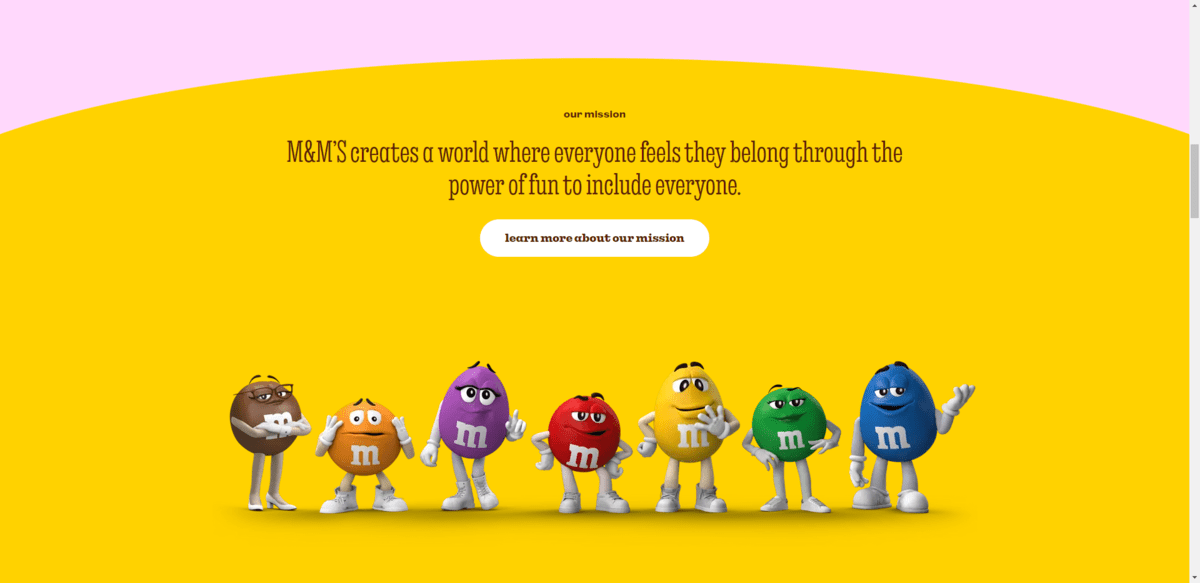
As the text says:
“M&M’s creates a world where everyone feels they belong through the power of fun to include everyone.”
They could’ve included a photo of a diverse group of individuals enjoying their candies. However, they created a diverse lineup of illustrated/animated brand characters instead.
Another option is for brands to go out and take their own photography and videography. It’s going to be more expensive and time-consuming. However, it might pay off big if the original imagery helps them bring in more Gen Z users.
Knix, for instance, uses models that represent a wide range of ages, races and body types.
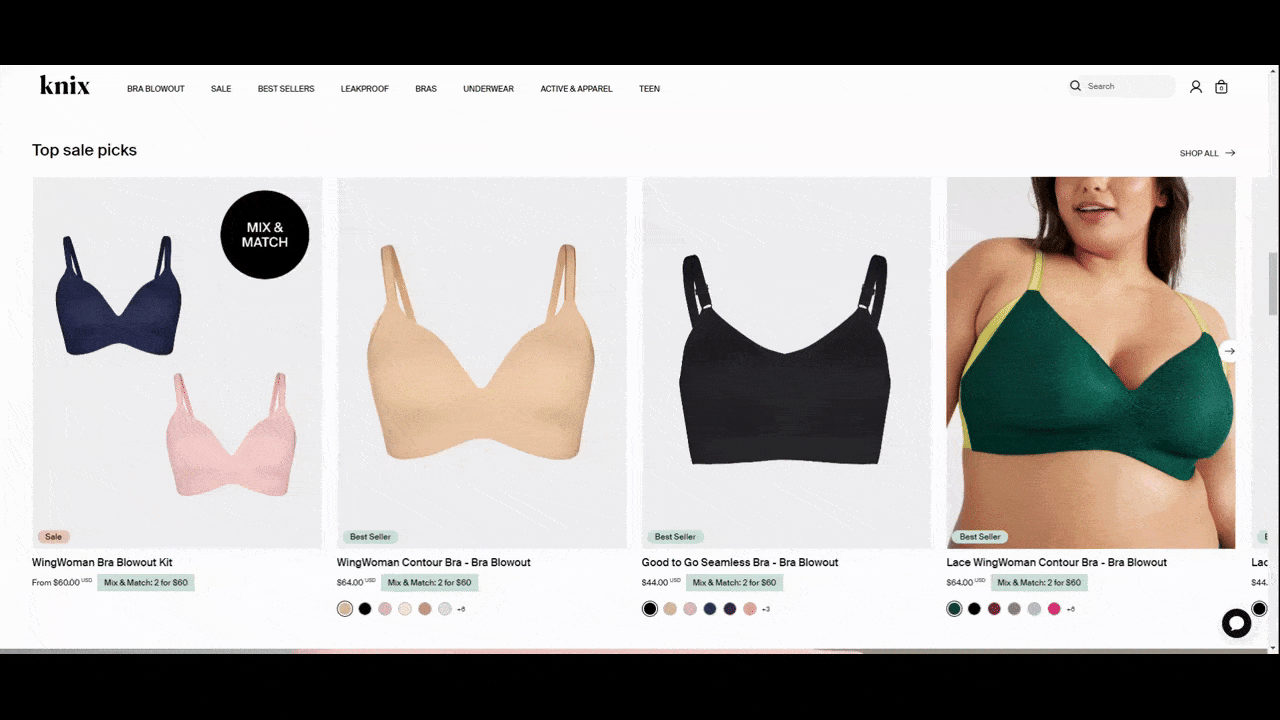
It’s not just ecommerce companies that provide a diverse array of models or personas in their imagery. Though many of these companies are the best examples of where the web is heading in terms of representative imagery.
That said, having a single model per photo might not be enough for some brands. When they think of diversity, they think of showing off each product using models with different body types, skin tones, heights, hairstyles, etc.
In that case, there’s another option available: AI-generated models. A spokesperson for Levi’s explained to The Guardian why they’re going to start using virtual models to do this:
“When we say supplement, we mean the AI-generated models can be used in conjunction with human models to potentially expand the number of models per product. We are excited about a world where consumers can see more models on our site, potentially reflecting any combination of body type, age, size, race and ethnicity, enabling us to create a more personal and inclusive shopping experience.”
While AI can help companies round out their brand imagery, you’ll need to be careful with this tactic. AI generators are not perfect. And it’s not just inclusivity or diversity that Gen Z cares about. They care about authenticity, too. If they notice that most of your images aren’t of real humans, this inclusive design strategy could backfire on you.
4. Navigations That Are All About ‘Me’
Gen Z wants to buy from brands that stand for something other than their own bottom lines. A study recently done by The Center for Generational Kinetics found that 72% of Gen Z is more likely to purchase something if a company contributes to a social cause they care about.
The footer used to be (and still is) a place to put information about a company’s values, mission and causes. However, we’ve recently started to see a shift of that information to the top of the site where Gen Z is sure to notice it.
Sprite, for instance, has a top-level link in the navigation devoted to social and sustainable Impact.
![]()
OREO is another brand that’s added a cause to the navigation with a link to OREO for Good.
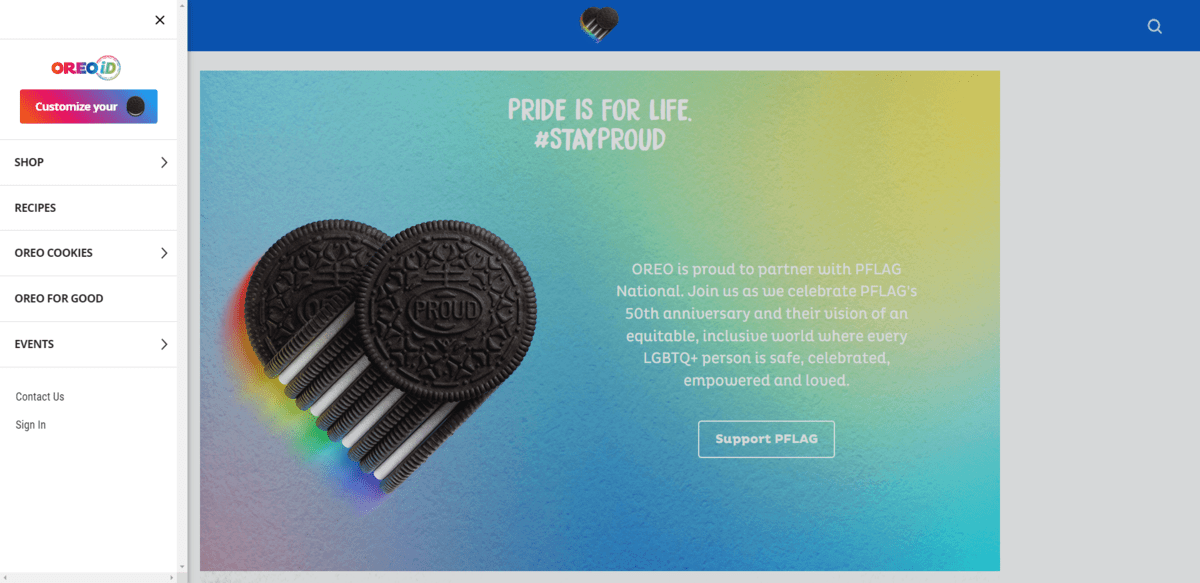
e.l.f. Cosmetics is another brand that puts its pet cause front and center in the navigation. This one is for the unifying e.l.f. Cares.

By adding social causes to the website navigation, brands signal to Gen Z customers and others that they care about “we” and not just “me.” It might feel like a small change, but moving social causes to the top of the site infrastructure hierarchy matters a good deal to these users.
5. Cross-Channel and Multichannel Experiences
Gen Z are digital natives. They don’t know a world without the internet, smartphones or mobile apps. And, for the most part, they have entered adulthood at a time when the bar has been set high in terms of the customer experience.
That means that cross-channel and multichannel experiences will be insufficient for many Gen Z consumers compared to omnichannel customer experiences. That said, this doesn’t mean you have to create a vast array of digital products for your brand nor do you need to set up shop on every possible social media platform.
Take The Ordinary, for example. This brand has a website, but no mobile app equivalent.
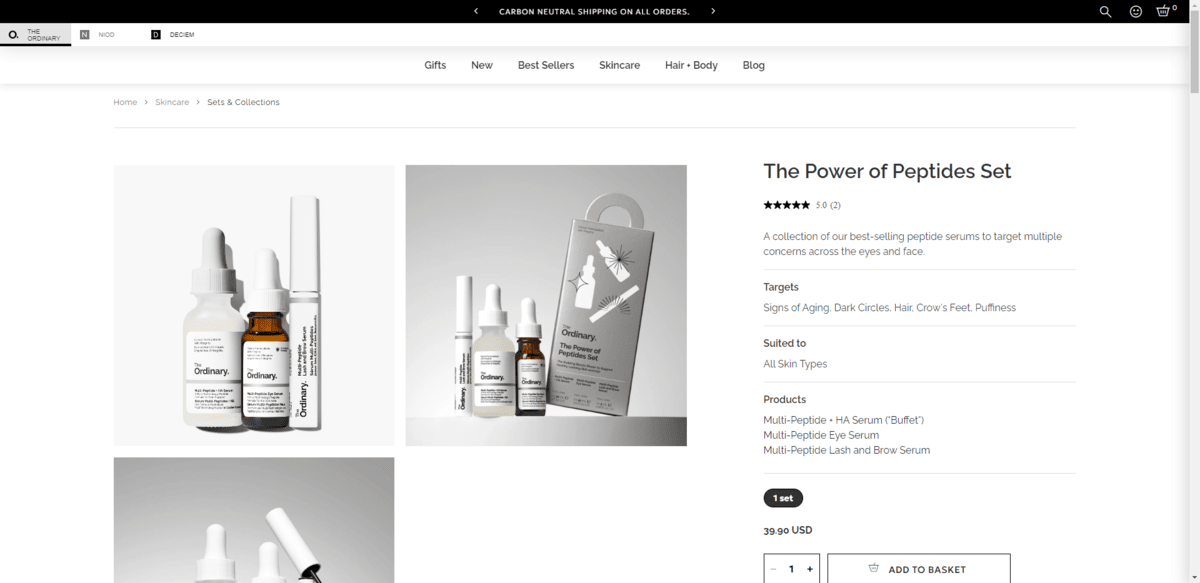
Yet, they do an extraordinary job of meeting their customers wherever they are online. They’re popular on platforms like TikTok where they have 1.4 million followers and Instagram where they have 2.1 million followers.
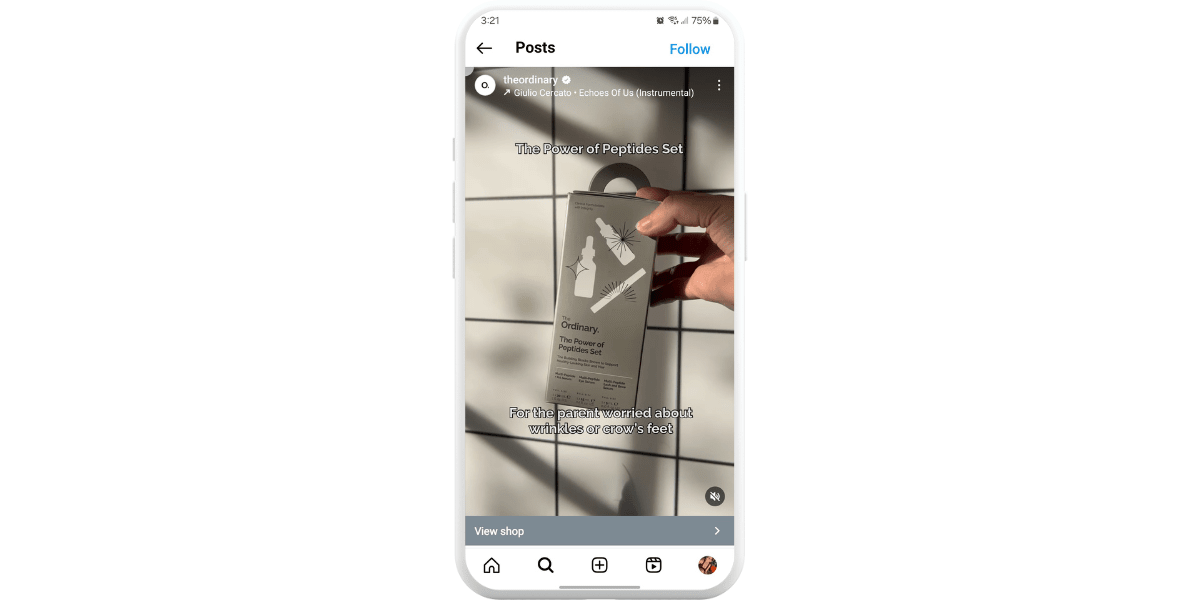
In addition to building a loyal base of fans and followers, these social media accounts give them another place to market and sell their goods. But they don’t stop there.
The Ordinary products are also available on the Sephora website.
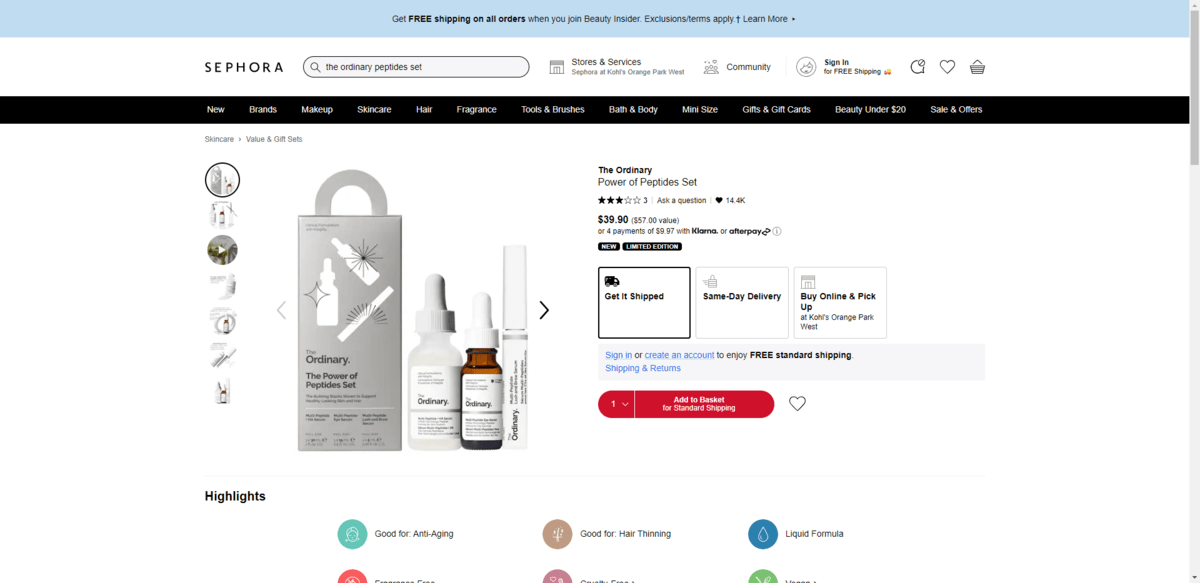
The Ordinary also sells its skincare products on Amazon.
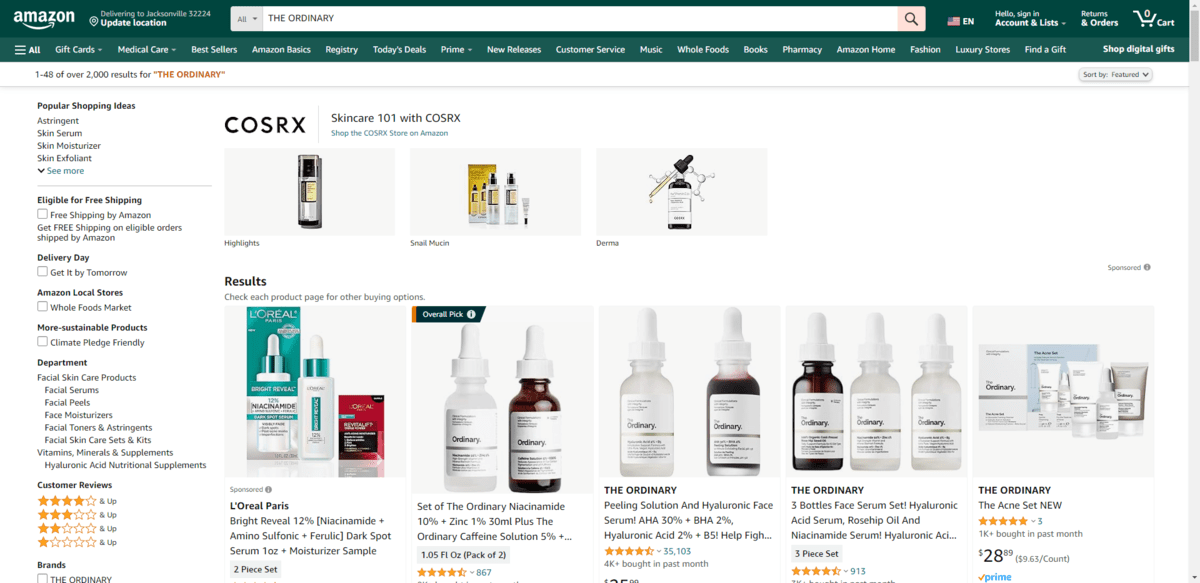
This is a huge part of making a brand omnichannel—making sure your brand is present on the right channels for your target user segment. And considering how much Gen Z loves all these platforms, The Ordinary has done a great job of ensuring its products are everywhere that its customers want them to be.
Wrap-up
Although some of these elements might never go away—like the occasional string of cursive typography—we’re going to see less and less of it as the years pass. If you haven’t made it a habit to adjust your digital products each year, now is the time to start.
By 2030, the vast majority of Gen Zers will be in their 20s or 30s. That’s just six years away. Now is the perfect time to learn more about what this generation wants from its digital experiences and to start modifying the web so that it fits their needs and expectations. It’ll also give other consumers a chance to get used to and adapt to a more modern digital experience.

Suzanne Scacca
A former project manager and web design agency manager, Suzanne Scacca now writes about the changing landscape of design, development and software.

